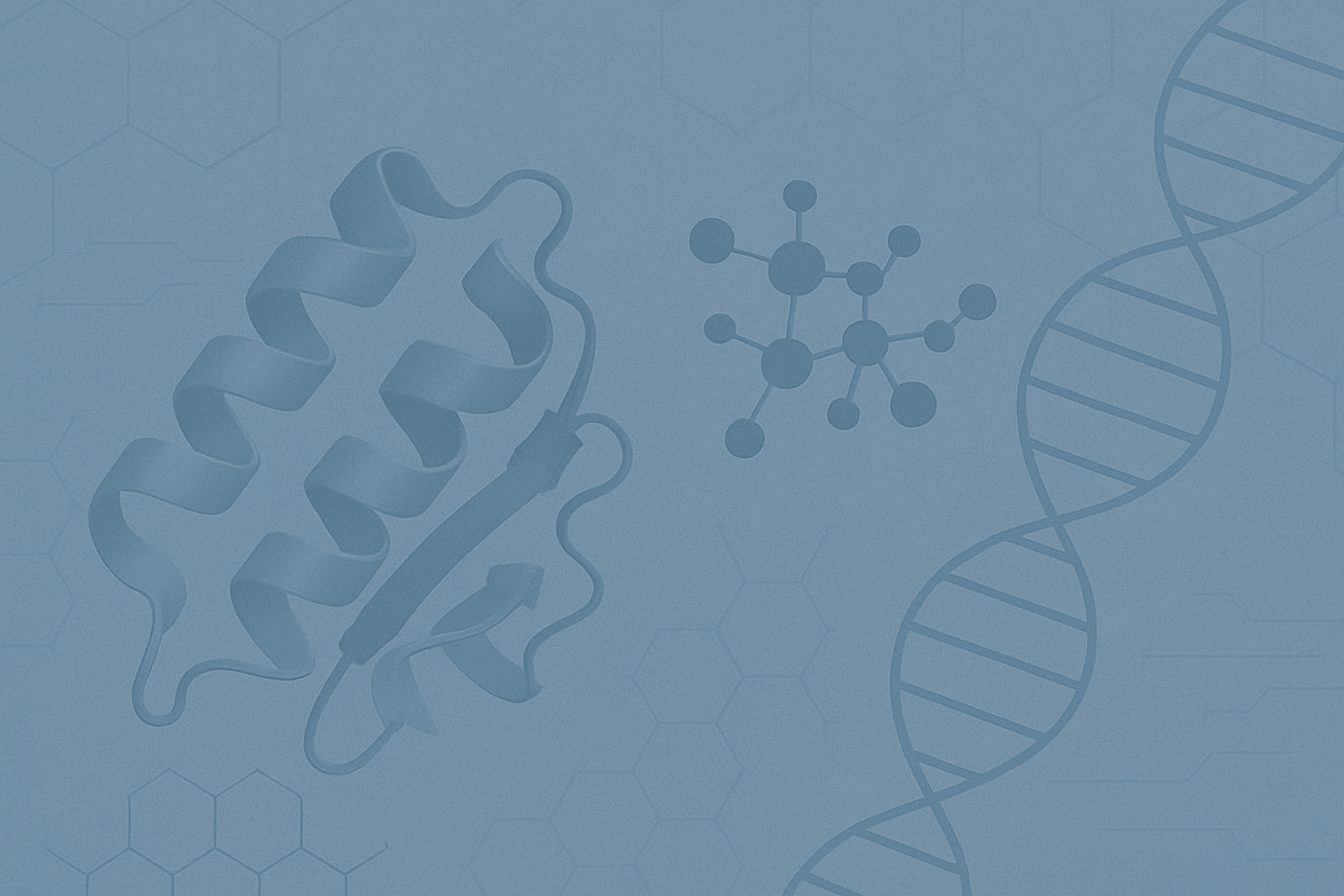Structure-Based Mutational Analysis
Predicting the Impact of Mutations Before They Happen
Not all mutations are created equal.
Some subtly alter local flexibility, while others collapse entire domains or disrupt binding sites. Identifying which mutations matter is critical — and structure-based mutational analysis provides the roadmap.
At code2fold, we apply advanced simulations to predict structural and functional consequences of mutations before they’re tested in the lab.
🔍 Why Structural Mutation Analysis Matters
In experimental biology, mutation screening can be time-consuming and resource-intensive.
Computational analysis allows researchers to:
- Prioritize candidates for wet-lab validation
- Detect destabilizing mutations or folding disruptions
- Identify gain- or loss-of-function substitutions
- Explore evolutionary or disease-associated variants
- Design rational mutagenesis experiments (e.g., alanine scanning)
🧪 What Code2fold Offers
We combine molecular modeling with simulation-driven evaluation to provide detailed insights on:
- Alanine scanning to map critical residues
- Phosphomimetic substitutions to explore post-translational regulation
- Point mutation modeling with side-chain repacking and minimization
- Stability predictions via ΔΔG calculations and RMSD/RMSF comparisons
- Visual comparison of wild-type vs mutant conformations
- Mutation ranking reports for experimental planning
From in silico design to actionable hypotheses — we streamline the mutation analysis pipeline.
💡 Why Code2fold?
At code2fold, we don’t just model mutations —
We help researchers understand their consequences.
Our approach blends computational rigor with biological relevance, allowing you to interpret each mutation in the context of structure, function, and evolution.
Whether you’re studying disease mutations, engineering enzymes, or refining therapeutic targets, our tools empower you to move forward with confidence.
📩 Ready to Analyze Your Mutations?
Let’s bring precision to your mutational design.
Reach out today to predict, compare, and prioritize your protein variants with structural clarity.

